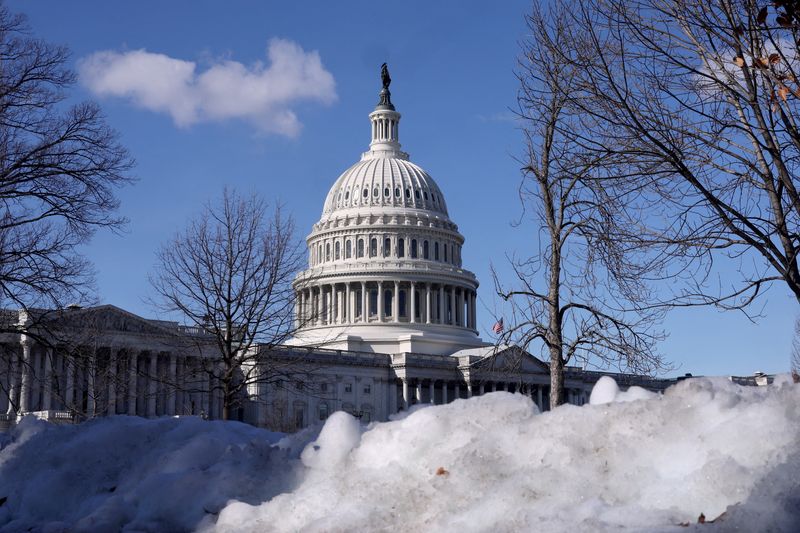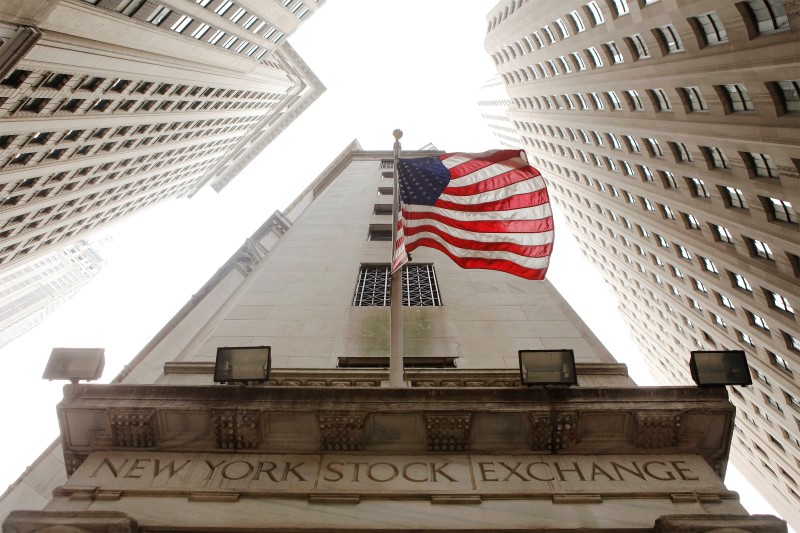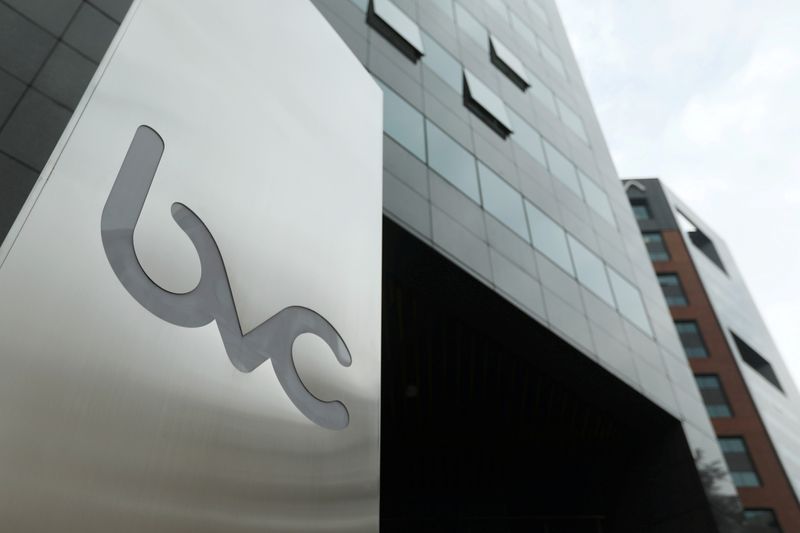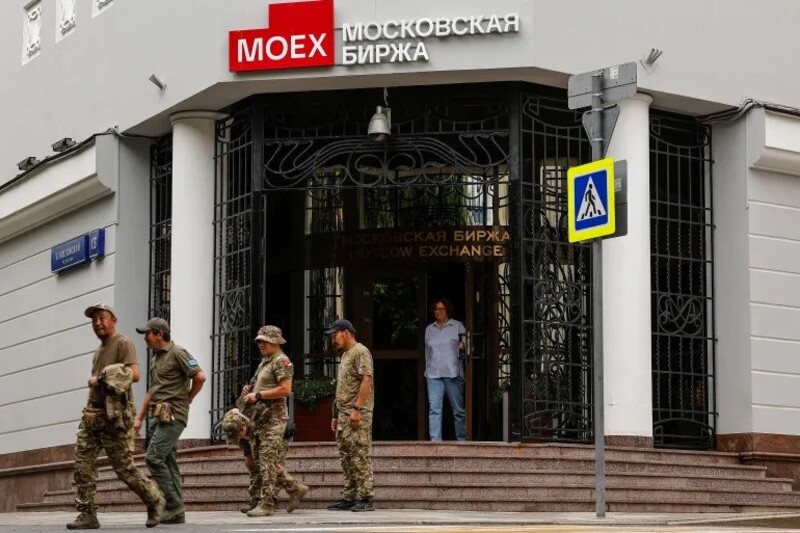Analysis-Markets are betting China will let yuan fall as Trump takes power, but not much
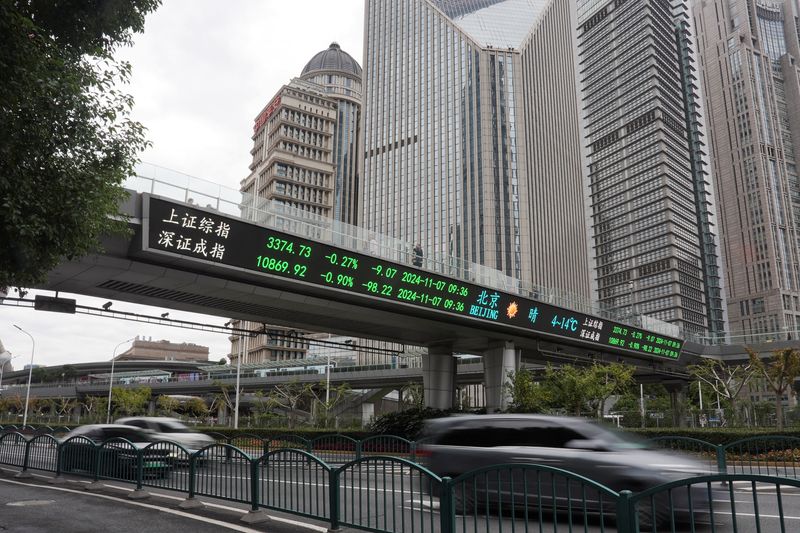
SINGAPORE (Reuters) – Financial markets are betting China will not use the yuan as a policy tool to offset expected U.S. tariffs in a second Donald Trump presidency, based on a view that sharp depreciation like that seen in his first term will be more harmful than helpful to the struggling economy.
From the pricing of yuan forwards to interest rate derivatives and analysts’ forecasts, indications are that China is already permitting a slow depreciation of the yuan to adjust to a broadly stronger dollar as it braces for Trump 2.0.
But pricing also shows investors are expecting a gradual, moderate depreciation, with sell-side analysts seeing a 5-6% drop from current levels by year end.
During Trump’s first term as president, the yuan was allowed to weaken more than 12% against the dollar during a series of tit-for-tat U.S-Sino tariff announcements between March 2018 and May 2020.
Trump has threatened tariffs of up to 60% on imports of Chinese goods during his second term beginning on Monday, though some reports suggest levies may be ramped up gradually.
But things are different now, analysts say. The yuan is already weak, the economy is fragile, portfolio money has been leaving China, and its exports to America are a smaller proportion of its overall global trade, too small to justify a big devaluation.
The yuan, or renminbi as it is also known, has been languishing near 16-month lows against the dollar for days and has fallen for three straight years. It was near record highs of 6.3 per dollar in 2018.
Reuters reported last month that there are discussions in official circles about allowing it to fall to 7.5 per dollar, a roughly 2% drop from current levels.
Most of that depreciation, though, will likely come a result of interest rate differentials between the U.S. and China, which have widened to about 300 basis points.
The dollar is already elevated at current levels around 7.3 yuan, and “to break this level significantly higher is not realistic,” said Ju Wang, head of Greater China FX and rates strategy at BNP Paribas (OTC:BNPQY).
Wang pointed to how nearly half of China’s $1 trillion trade surplus was with countries other than the United States, particularly neighbours such as Vietnam that have grown as hubs for finishing Chinese manufactured goods.
In both the 2015 and 2019 periods of sharp yuan falls, China was forced to defend its policy and explain it was not engaging in any kind of beggar-thy-neighbour currency devaluation tactic. A cheaper exchange rate helps exporters by making their prices more competitive internationally.
“There is a responsibility on China’s side to keep the currency relatively stable because you still enjoy a fairly large trade surplus with the rest of the world. The world cannot take on a one-to-one adjustment in dollar-yuan against the tariff,” said Wang.
When asked about the yuan, the People’s Bank of China (PBOC) told Reuters on Friday the country has sufficient foreign exchange reserves and more experience in responding to external shocks … “so it has the confidence, conditions and ability to keep the renminbi exchange rate fundamentally stable at a reasonable equilibrium level”.
STABILITY IS KEY
Domestic considerations about the sluggish economy also call for a stable financial system and currency so residents and businesses don’t shift their savings abroad.
Falling domestic bond yields and wobbly stock and property markets have hastened that rush to hoard dollars.
“If the renminbi becomes a very unstable currency, people will try to convert it into U.S. dollars, buy gold, et cetera. Which is not what the PBOC wants,” said Vincent Chan, China strategist at Aletheia Capital.
While it has been difficult to interpret the PBOC’s plans for the yuan, it has made every effort to contain the currency’s weakness, so much so that it stays strong in trade-weighted terms.
The trade-weighted CFETS yuan index, which measures the Chinese currency against a basket of 25 peers, remains near its highest level in over two years, showing the yuan so far remains slightly less competitive than currencies of its trading partners.
Authorities have put a floor under falling domestic yields, including by suspending a bond purchase programme. They have encouraged companies to borrow abroad to attract more dollars home and the central bank has often fixed the yuan’s trading band at a stronger level than market expectations.
While China’s leaders pledged in December to loosen monetary policy and take other steps to support economic growth in 2025, interest rate swaps show markets are pricing out the odds of rate cuts, because they think the PBOC will prioritise yuan stability.
Alpine Macro (BCBA:BMAm)’s China strategist Yan Wang sees the 7.7 level in dollar/yuan as the upper limit for the PBOC, implying about a further 5% decline.
“Yuan pressures in the near-term may be hard to avert,” said Vishnu Varathan, head of macro research for Asia ex-Japan at Mizuho (NYSE:MFG). “But it may be managed such that trade-weighted yuan stability is not unduly compromised.”
($1 = 7.3317 Chinese yuan renminbi)

